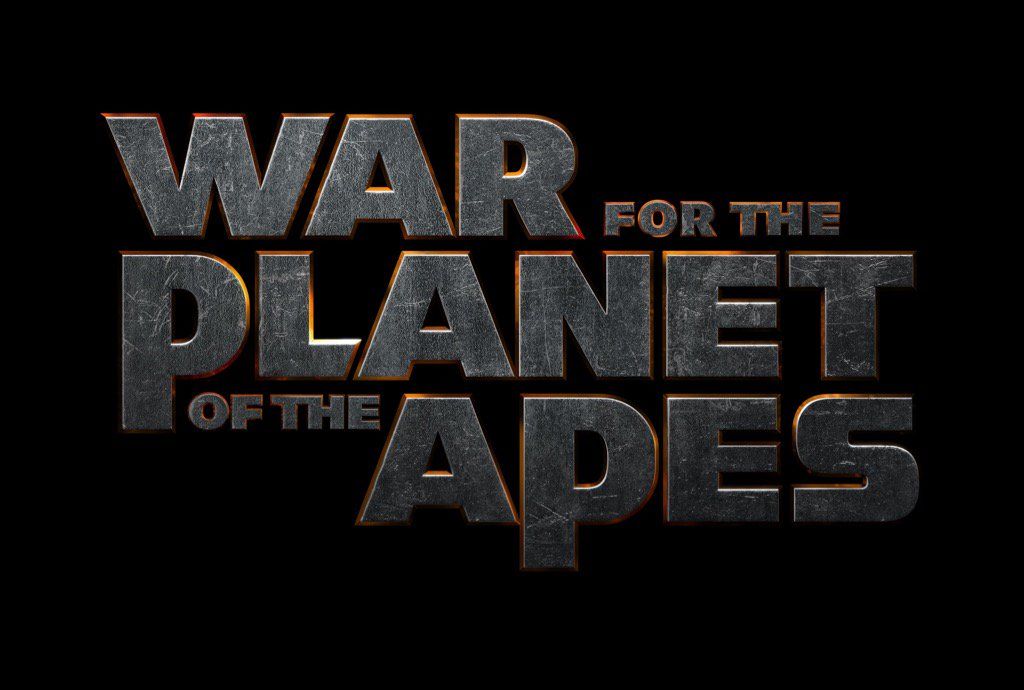
The “Planet of the Apes” reboot trilogy has received a lot of acclaim in recent years. When “Rise of the Planet of the Apes” was released in 2011, it was praised for it’s use of special effects, writing, and directing, as well as Andy Serkis’ performance and motion capture for the simian hero Caesar.
“Dawn of the Planet of the Apes” set the bar even higher with its visual effects, story, writing, emotional depth, musical score and performances.
“Rise” and “Dawn” earned several award nominations and wins in the listed departments, but more remarkably, both films received Academy Award nominations for Best Visual Effects.
Imaginably, it would require a lot of effort to give such a groundbreaking trilogy the conclusion it deserved; however, director Matt Reeves found a way to create what some consider to be one of the strongest conclusions to a film trilogy ever.
Taking place two years after “Dawn of the Planet of the Apes,” humans and apes are officially at war with each other in “War for the Planet of the Apes.”
After a horrifying sneak attack on their hideout, the apes seek refuge in a desert, while ape leader, Caesar and his most trusted allies head north. Their mission: to seek out and confront the leader of the humans. This leader, the mysterious Colonel McCullough, portrayed by Woody Harrelson, believes himself to be humanity’s last line of defense.
Along the way, Caesar and his allies encounter some new faces including a mute human girl, played by Amiah Miller and an amusing zoo simian named Bad Ape, played by Steve Zahn.
Caesar is also forced to wrestle with his darker instincts as he battles the same rage, hatred and darkness that led the traitorous ape Koba, Toby Kebbel‘s character, to revolt and declare war on humanity in the previous film.

The performances in the movie are incredible. Andy Serkis had already done an amazing job with the motion capture and voice of Caesar but in “War,” he truly gives more than his A-game. Caesar has been through a lot in this trilogy. Starting off as the son of highly intelligent lab chimp being raised by a scientist to becoming a warrior, father and respected leader of an ape colony struggling to survive.
In this film, Caesar is pushed to the breaking point, both physically and emotionally, as he loses apes close to him, battles his desire for revenge and is still haunted by Koba’s betrayal. Serkis does an outstanding job bringing that emotion and hardship to life thus making Caesar’s struggle more realistic and relatable.
Woody Harrelson does an equally amazing job with his performance. He portrays a man who has seen a lot in his day and after a shocking discovery, believes that he must do whatever it takes to ensure humanity’s survival. Even if that means abandoning his own humanity and making tons of morally wrong decisions.
The story is perfectly written and morally complex, appropriately, considering that this is a time where the fate of two species is at risk. In a situation like that, the people on both sides are forced to make decisions that will alter their morality whether they want it to or not. Not to mention, every choice will have serious consequences. The movie does an excellent job bringing these choices and consequences to life thus producing some of the most emotional and heartbreaking moments in the film.
“War” also draws several references from many historical and Biblical events as well as to Francis Ford Coppola’s Vietnam War film “Apocalypse Now,”which is loosely based on “Heart of Darkness.” The human military force is called “Alpha Omega,” which is a name God calls himself in the Book of Revelation.
Plus, the way the humans view and treat the apes reflects instances of exclusion and persecution throughout history, such as during the Holocaust, the Egyptian enslavement of the Israelites and the American Civil War.
Throughout history, select humans have sought to dehumanize and build lies around whole classes of people for the sake of racial purity and superiority. Let in a post-apocalyptic future where apes are highly intelligent and humanity is nearly wiped out, this film series reflects on this human experience.
This universal struggle is demonstrated throughout the movie as Caesar discovers how the humans treat the apes and learns of their true intentions. To quote the soldiers, “We are the beginning and the end!”
“War” also features multiple of ground-breaking special effects, expectedly, since the prequels were nominated for Academy Awards in that department; however, “War” found a way to produce effects that were even better. The backgrounds are perfectly designed and feel realistic, but the movie’s best effects are used on the apes.
Just like “Rise” and “Dawn,” the apes were created via CGI and motion capture. Motion capture benefited the film because it allowed the actors playing the apes to move, look, act and sound exactly like the characters they’re playing, rather than having a team of engineers digitally create those movements from scratch.
“What is great about performance capture is that you build the role, you create the mind of the character” said Serkis in a behind-the-scenes video.
It’s is evident that the actors put immense effort into their acting and facial expressions. Combined with the outstanding CGI used for the apes’ physical appearance, the actors manage to give their characters the emotion and appearance they are supposed to have. The appearance of the apes became, to quote the colonel, “Look at your eyes. Almost human.”
Overall, “War for the Planet of the Apes” is a gripping, emotional, complex, ambitious and amazing film. The actors give more than their all with their performances, the writing is astounding, the morals are complex and intriguing, the special effects are breathtaking and the reboot trilogy gets the conclusion it deserves.



